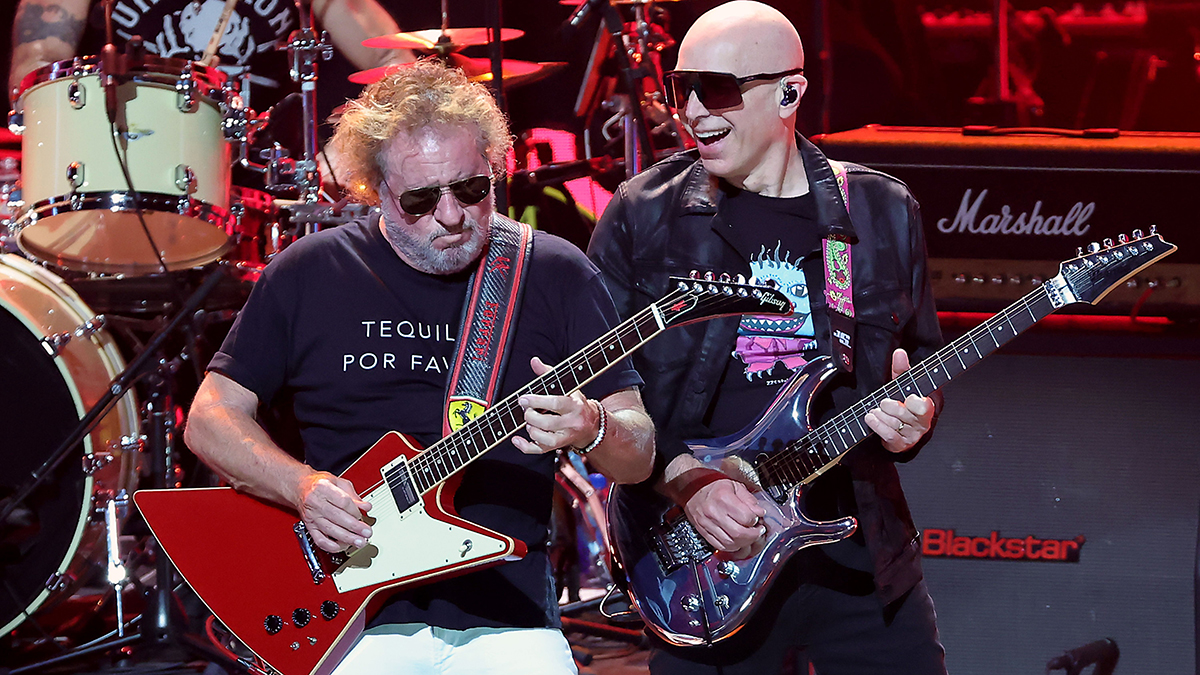“Players once again have the opportunity to discover the magic of this classic”: Gibson has brought back the ES-330 – reviving one its most iconic hollowbody models for the first time in years
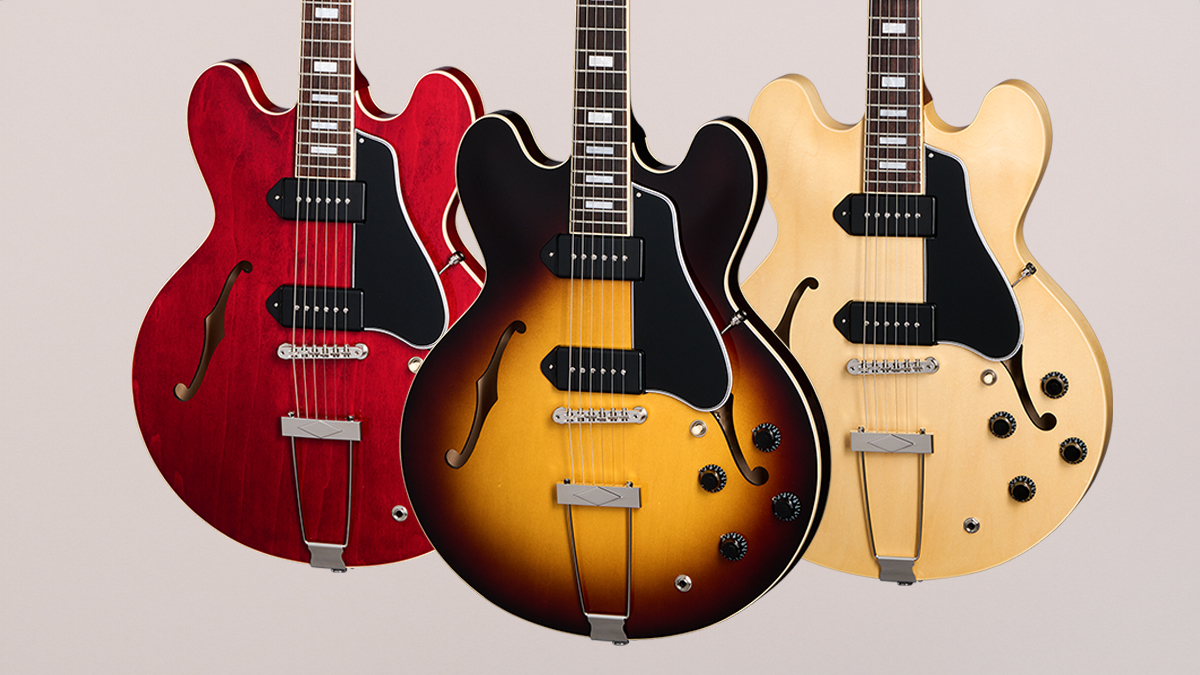
Gibson has revived its ES-330 hollowbody electric guitar for the first time in years.
It’s a rather notable release from Gibson, and will especially pique the interests of ES fans. Namely, the arrival of the Original Series ES-330 marks the first time Gibson has had a ES-330 proper on its books for what could be as long as half a decade.
Indeed, a brief browse of Gibson’s catalog (prior to today’s launch, of course) will reveal a range of ES-335s, a smattering of ES-345s, the ES Supreme and even the ES-339 across its Artist, Custom and Murphy Lab families… but no ES-330.
Given the impressive history of the 330, it’s a welcome return for one of Gibson’s most known models.
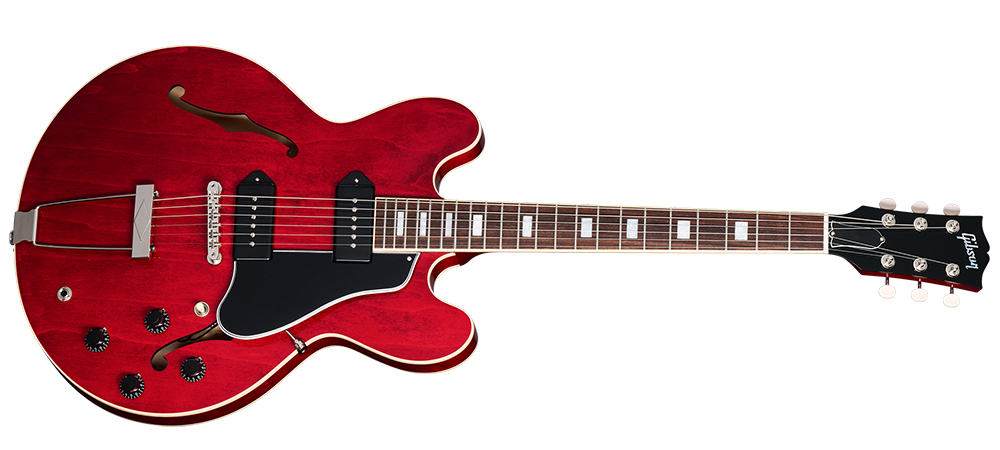
First unveiled in 1959, the ES-330 distinguished itself from the similarly shaped ES-335 with a pair of Dogear P-90s, the absence of a wood center block, and a Trapeze tailpiece, though arguably arrived in the shadow of its dual PAF-loaded sibling, which was launched a year before.
There were also some ergonomic and dimensional differences, with original 330s flashing a shorter neck that was in some way responsible for its faltering popularity.
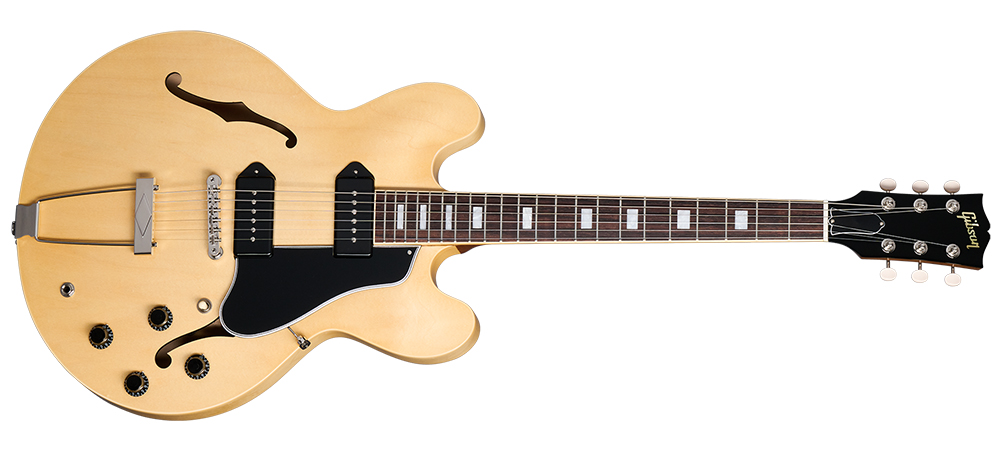
Owing to its electrics and hollowbody design, the ES-330 – a distant cousin of the revered Epiphone Casino – offered a completely different tonal palette compared to semi-hollow ES alternatives.
Get The Pick Newsletter
All the latest guitar news, interviews, lessons, reviews, deals and more, direct to your inbox!
The first production run lasted until the early 1970s, and the guitar was more recently reissued for a run between 2012 and 2019. Since then, ES-330s have been highly elusive and hard to come by.
To faithfully tap into the original ES-330 vibe, this new model features a fully hollow thinline three-ply body composed from maple and poplar, as well as a Rounded C mahogany neck with a 12” radius rosewood fingerboard.
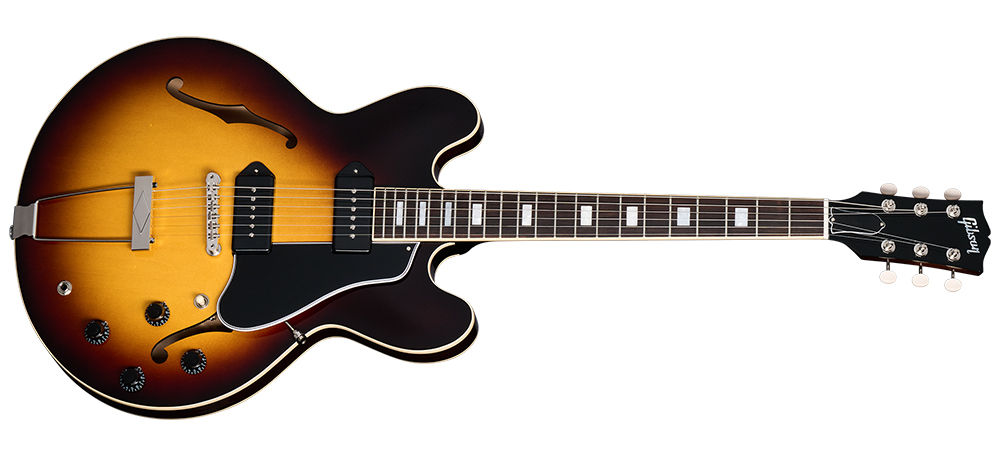
The ’board also has 22 medium jumbo frets and small block inlays in a nod to the change that took place in 1962, when blocks were swapped in for dot inlays. Vintage Deluxe tuners with White Buttons – again, which were used on original models – can also be found.
As mentioned, there’s a Trapeze tailpiece, as well as an ABR-1 Tune-O-Matic bridge, Black Top Hat control knobs and a pair of black-covered Dogear P-90s. Sixties Cherry, Tobacco Sunburst, Antique Natural and a Gibson-exclusive Ebony are available as finish options.
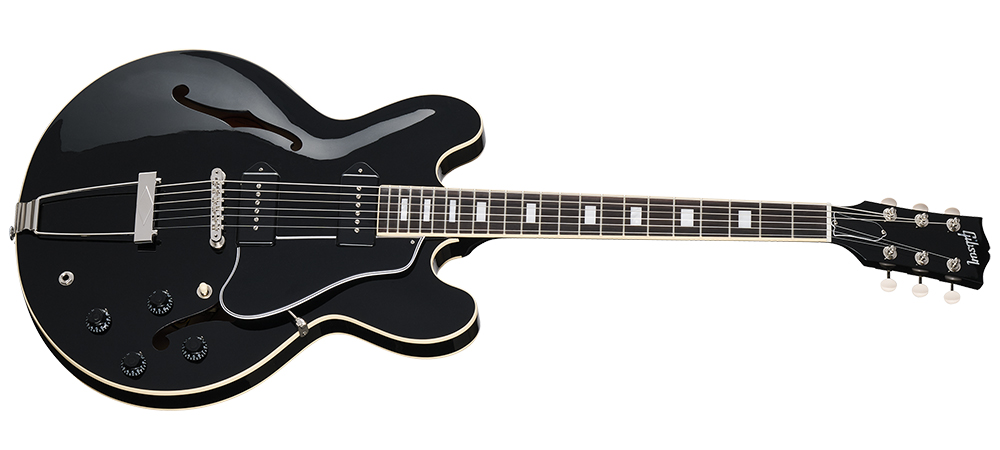
“The ES-330 is not only a fantastic-sounding electric guitar for stage and studio use but is also equally enjoyable as a songwriting tool and is considered by many to be the ideal 'couch guitar' since it can be enjoyed just as well when unplugged and played acoustically,” Gibson writes.
“We’re proud to bring the ES-330 back to the Gibson catalog so players can once again have the opportunity to discover the magic of this distinctive-sounding, vintage-inspired classic.”
The ES-330 is available now for $3,499.
Visit Gibson to find out more.

Matt is the GuitarWorld.com News Editor. He has a Masters in the guitar, a degree in history, and has spent the last 16 years playing everything from blues and jazz to indie and pop. When he’s not combining his passion for writing and music during his day job, Matt records for a number of UK-based bands and songwriters as a session musician.
“What blew me away was that everyone wanted the curly maple top. People were calling, saying, ‘I’ve got to have the bird inlays’”: Paul Reed Smith on raising the Standard 24, finally cracking the noise-free guitar and why John Sykes is a tone hero
“It combines unique aesthetics with modern playability and impressive tone, creating a Firebird unlike any I’ve had the pleasure of playing before”: Gibson Firebird Platypus review






